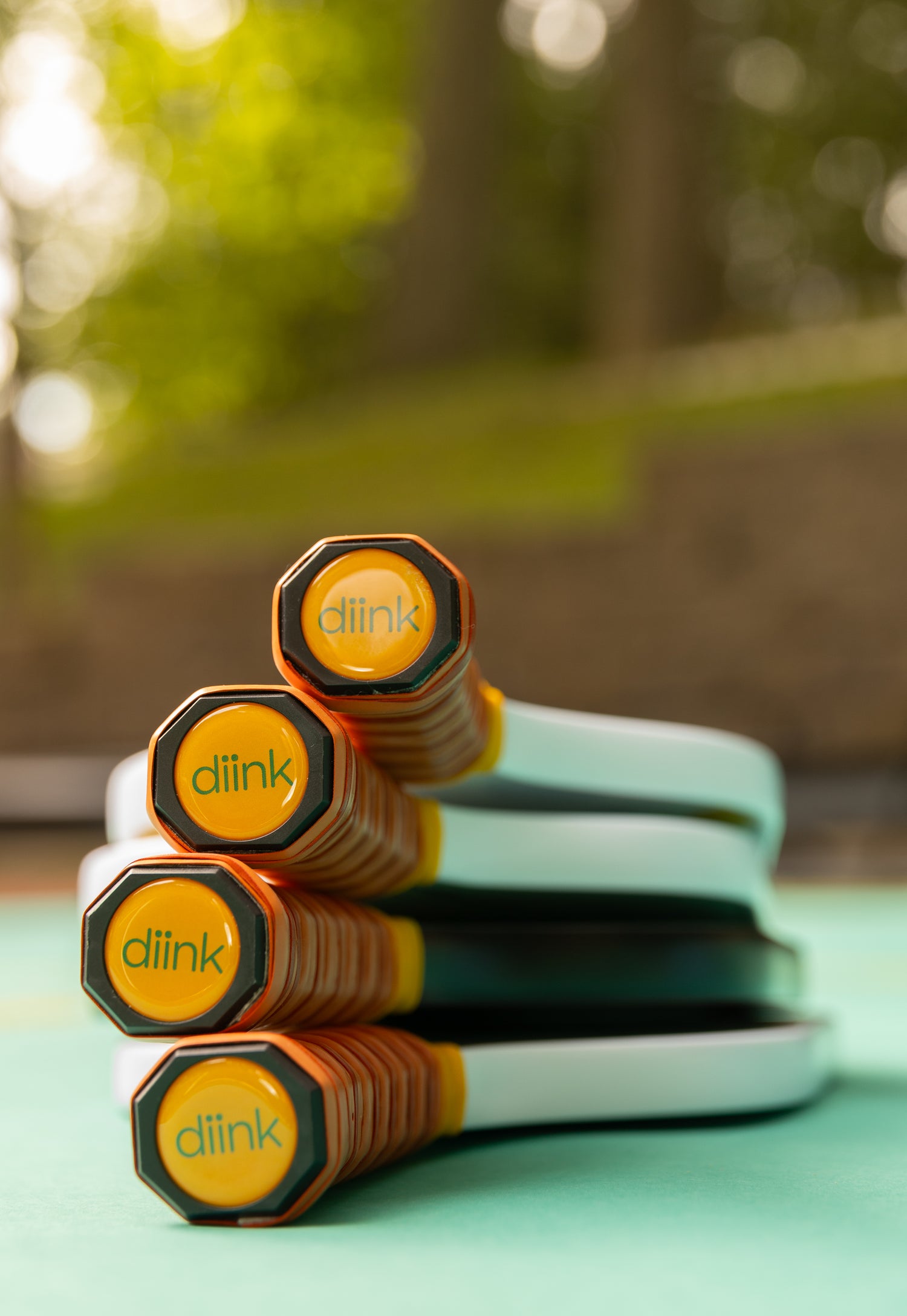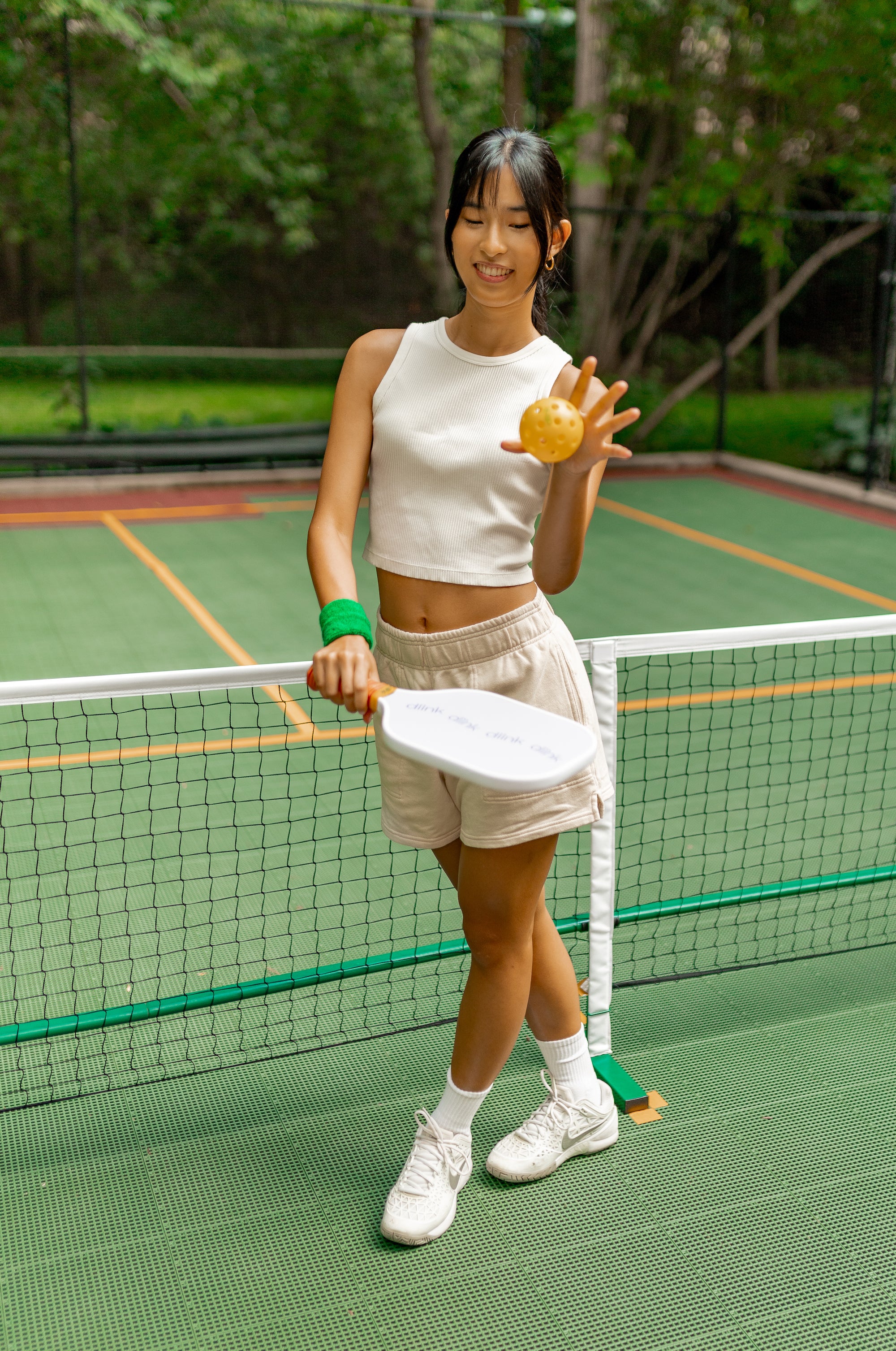Pickleball and tennis are two racket sports that, while sharing some similarities, offer unique experiences to their players. Both sports have passionate communities and provide excellent physical and mental health benefits. However, their differences in rules, play style, and culture attract different demographics and preferences. Let’s delve into a comparison of pickleball and tennis, examining the nuances that make each sport distinctive.
Court Size and Setup
- Pickleball: The court is 20 feet wide and 44 feet long, resembling a badminton court in dimensions. It's notable for its smaller size, which makes the game more accessible and reduces the amount of running required.
- Tennis: A tennis court is significantly larger, measuring 78 feet long and 27 feet wide for singles matches (36 feet wide for doubles). The larger court size demands more physical endurance and mobility.
Equipment Differences
- Pickleball: Players use a solid paddle made of wood or composite materials and a plastic ball with holes. The equipment is designed for short-range play and control.
- Tennis: Tennis utilizes a strung racket and a felt-covered rubber ball, designed for a wide range of shots and speeds. The equipment facilitates long-range play and a variety of spin techniques.
Scoring System
- Pickleball: Games are usually played to 11 points, and a team must win by 2 points. Points can only be scored by the serving side.
- Tennis: Matches are divided into sets and games, with a more complex scoring system (love, 15, 30, 40, game) and various formats to win sets and ultimately the match.
Serve and Volley Play
- Pickleball: The serve is underhand, and there’s a seven-foot non-volley zone (the kitchen) on each side of the net to prevent spiking, promoting a game focused on strategy over power.
- Tennis: Players serve overhand, and while volley play is a part of the game, powerful serves and baseline rallies dominate play. Players can volley from any part of the court.
Physical Demand and Accessibility
- Pickleball: With a smaller court and underhand serves, pickleball is less physically demanding, making it popular among older adults and those looking for a lower-impact sport.
- Tennis: Requires more running, strength, and endurance due to the larger court and overhand serves, appealing to those seeking a more physically demanding challenge.
Social Aspect
- Pickleball: Known for its strong community feel and social nature, pickleball games are often followed by social gatherings, making it a great way to meet new people.
- Tennis: While also social, tennis can be more competitive, with a focus on individual skill development. Social interactions often happen in clubs and leagues.
Popularity and Growth
- Pickleball: One of the fastest-growing sports in the United States, pickleball has seen a surge in popularity due to its accessibility and social nature.
- Tennis: A well-established global sport with a long history, tennis enjoys consistent popularity and a professional circuit watched by millions.
Skill Development and Strategy
- Pickleball: Emphasizes strategic play, with a premium on shot placement, angle shots, and dink shots (soft shots in the non-volley zone) over power.
- Tennis: Requires a broad range of skills, including power, spin control, and strategic shot placement. Players must master a wider variety of shots to be successful.





Leave a comment
This site is protected by hCaptcha and the hCaptcha Privacy Policy and Terms of Service apply.